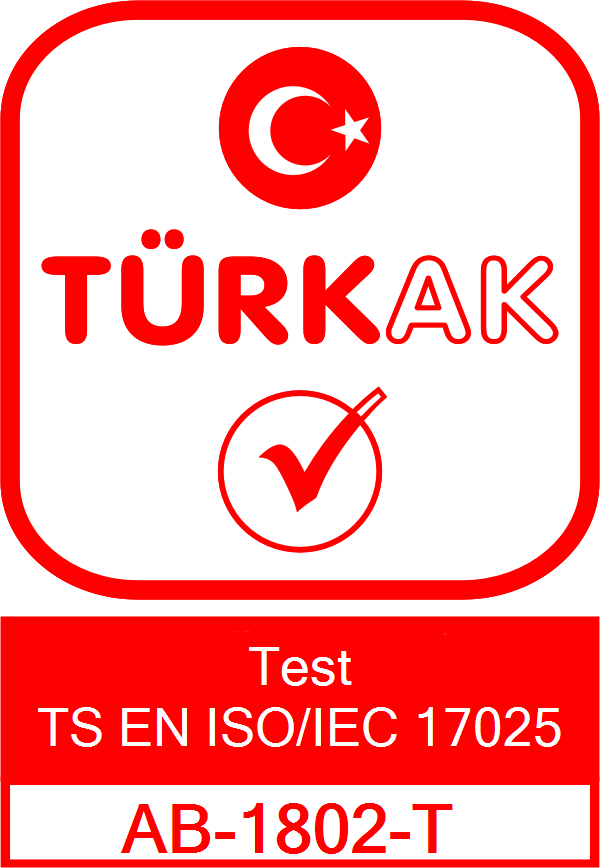XRF (X-Ray Floresan)
XRF (X-Ray Fluorescence) spectroscopy is a method used to quantitatively detect and measure elements in a sample. XRF is commonly used to detect the presence of certain substances specified in the RoHS (Restriction of Use of Restricted Substances) regulation. RoHS limits the use of certain hazardous substances in electrical and electronic equipment.
The RoHS regulation covers:
1. Lead (Pb)
2. Mercury (Hg)
3. Cadmium (Cd)
4. Hexavalent chromium (Cr6+)
5. Polybrominated biphenyls (PBB)
6. Polybrominated diphenyl ethers (PBDE)
XRF analyzers are particularly useful for measuring these substances because:
1. **Fast and Accurate:** Many samples can be analyzed in just a few seconds.
2. **Non-Destructive Test:** It is a surface scan without damaging the sample.
3. **Portable:** Portable XRF devices are available, allowing for on-site testing.
Here are some considerations when testing RoHS compliance with XRF analysis:
- XRF measures elements on the surface, so care should be taken with sample preparation. Coatings or surface contaminations can affect results.
- In some cases, especially at low concentrations, a more sensitive analysis method may be required to confirm the results obtained with XRF.
- Because XRF analyzes the material at the surface, other methods may be required for more in-depth analysis within the sample.
In summary, XRF is a powerful tool for quickly and efficiently assessing RoHS regulatory compliance, but it has some limitations during its use and requires careful sample preparation and analysis to obtain accurate results.

